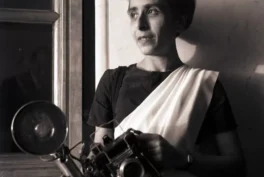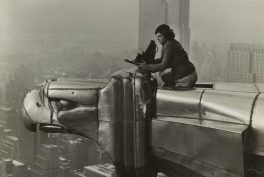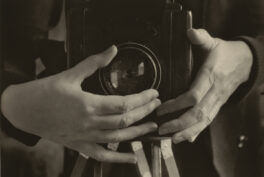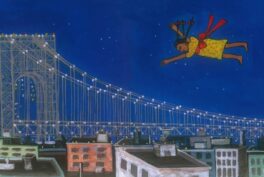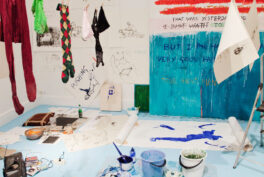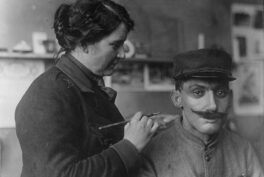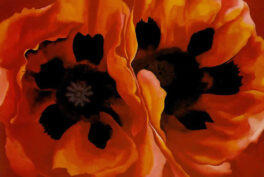Şahinyan was born into a prestigious family in Sivas, Turkey, where her family had connections to the Armenian parliament and possessed numerous properties. During the First World War, the Armenian genocide unfolded between 1915 and 1923, during which the late Ottoman government systematically persecuted Armenian individuals. Consequently, Maryam Şahinyan’s family fled to Istanbul when she was still an infant. In Istanbul, Maryam Şahinyan’s father, Mihran Şahinyan, decided to pursue his passion for photography and opened his studio.
Maryam Şahinyan was the only family member interested in her father’s trade and learned the profession from him. In 1936, she dropped out of middle school due to financial difficulties and personal tragedy following her mother’s sudden passing. Consequently, Şahinyan resolved to open her own studio to support the family financially. Unlike her brothers, she never pursued further education but worked at her studio, Foto Galatasaray, for nearly 50 years, from 1936 until 1985, as a commercial photographer.
Religion
The Üç Horan Church
Considering Maryam Şahinyan’s socio-cultural background, it’s noteworthy that most of the Armenian population at the time, including the Şahinyan family, were Catholic, whereas the majority in Istanbul were Muslim. Thus, Şahinyan’s experiences in Istanbul were shaped by her identity as an immigrant and as part of a religious minority. Her connection to the Armenian community in Istanbul was primarily defined by religion.
Furthermore, her ties to the Armenian immigrant community were established mainly through the proximity of her studio, Foto Galatasaray, to the Üç Horan church. At the time, this church was the center of upper-class socio-religious gatherings and community expression. As a photographer from a formerly wealthy Armenian background, it became customary for upper-class Armenian churchgoers to visit Maryam Şahinyan’s studio afterward for a picture or two.
Capturing Religion
Maryam Şahinyan’s close connections to her community, as defined through socio-religious ties, are evident throughout her photographs. Religious practices, particularly non-Muslim ones, are central to many of her pictures. This was unusual because most commercial photographers in Istanbul at the time understood and practiced photography as a distinctly secular discipline regardless of their religious background. In contrast, Maryam Şahinyan’s works include a variety of depictions such as church choirs, children at their Communion or Bar or Bat Mitzvah, wedding pictures, and numerous portraits of Catholic priests and nuns.
Revealing the Invisible
Significantly, Maryam Şahinyan was particularly close to the community of nuns working within and beyond the Üç Horan church. This is noteworthy because Maryam Şahinyan was one of the first commercial photographers in Istanbul who actively portrayed nuns. This is especially significant since nuns were often invisible and excluded from artistic or popular representations due to their gender and religious affiliations.

